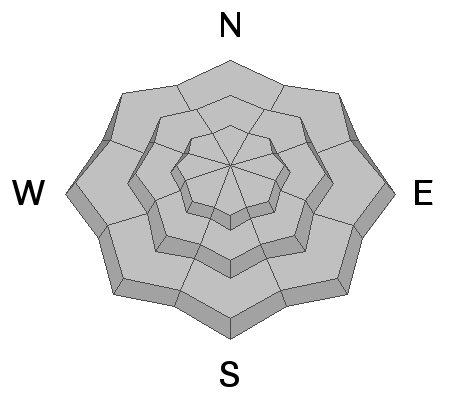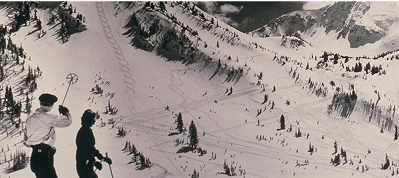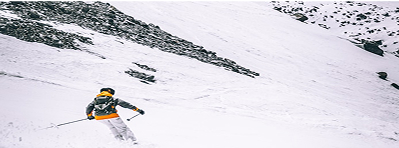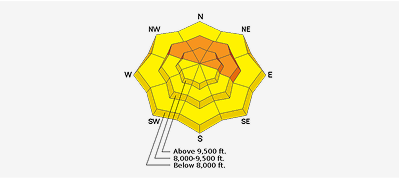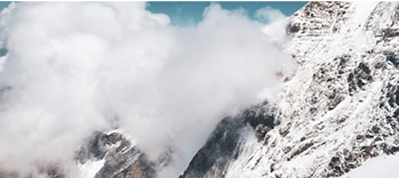Forecast for the Salt Lake Area Mountains

Issued by Trent Meisenheimer on
Monday morning, April 26, 2021
Monday morning, April 26, 2021
For today, watch as the new snow starts to add up - new snow, long-running sluffs as well as soft slab avalanches, could be possible this morning. As the winds continue to blow at elevated speeds, be sure to look for and avoid fresh drifts of wind-blown snow. Human triggered avalanche will be possible, especially once the new snow starts adding up. Evaluate the snow and terrain carefully; look for and avoid features of concern.
During the spring, we typically deal with three different avalanche problems:
1. Wet snow: Wet loose avalanches, wet slab avalanches, and lastly, glide avalanches.
2. New snow: New storm snow instability as soft slab avalanches and loose dry avalanches.
3. Wind Drifted Snow: Wind slabs - soft or hard drifts of wind-blown snow.

Low
Moderate
Considerable
High
Extreme
Learn how to read the forecast here



